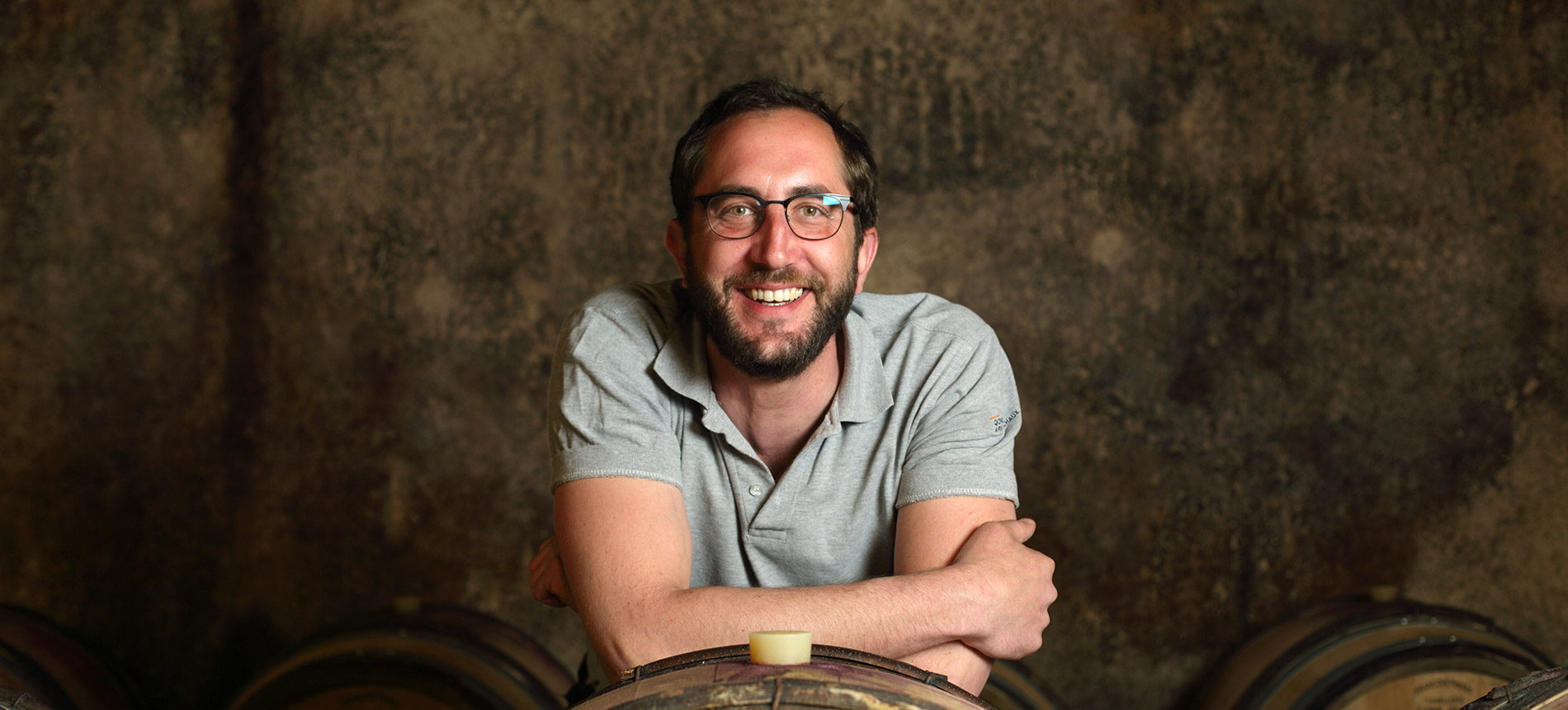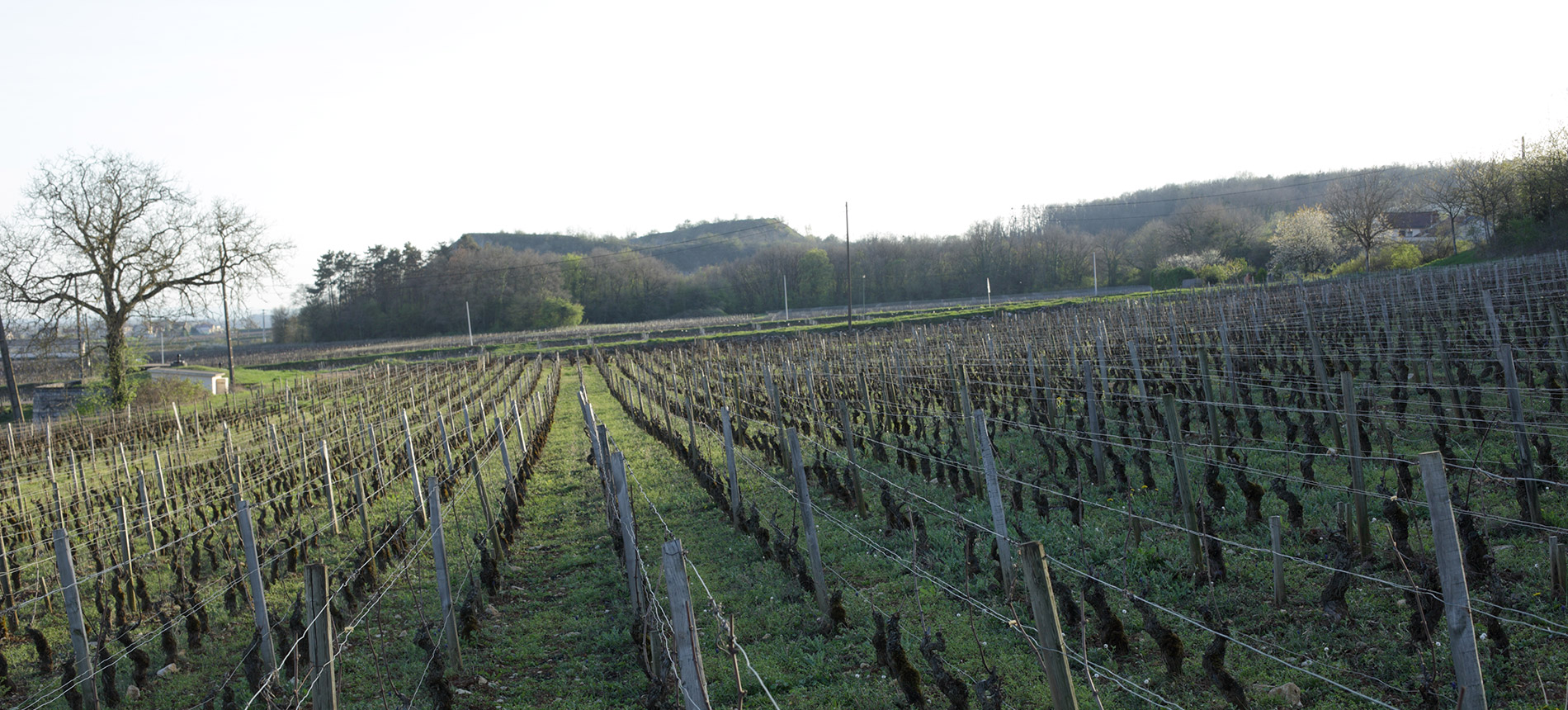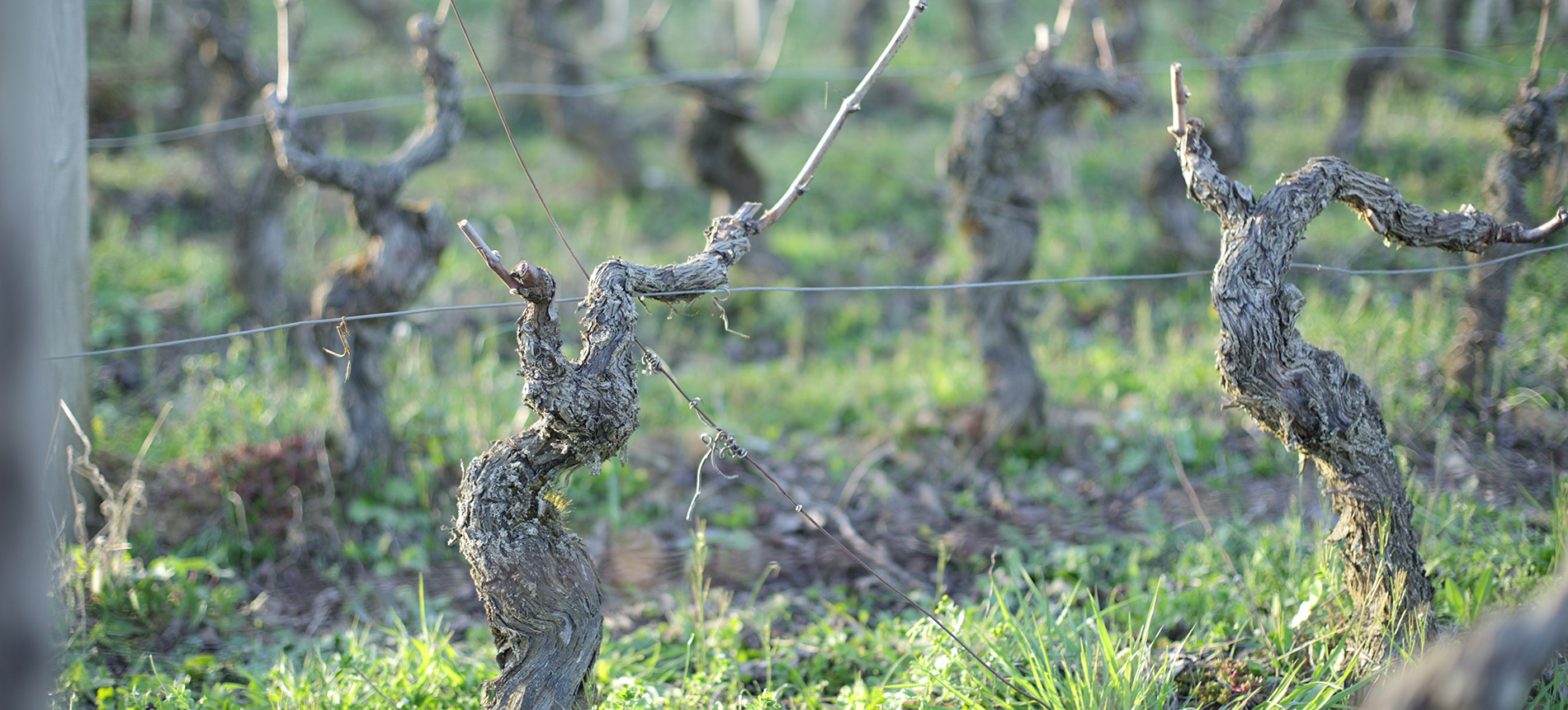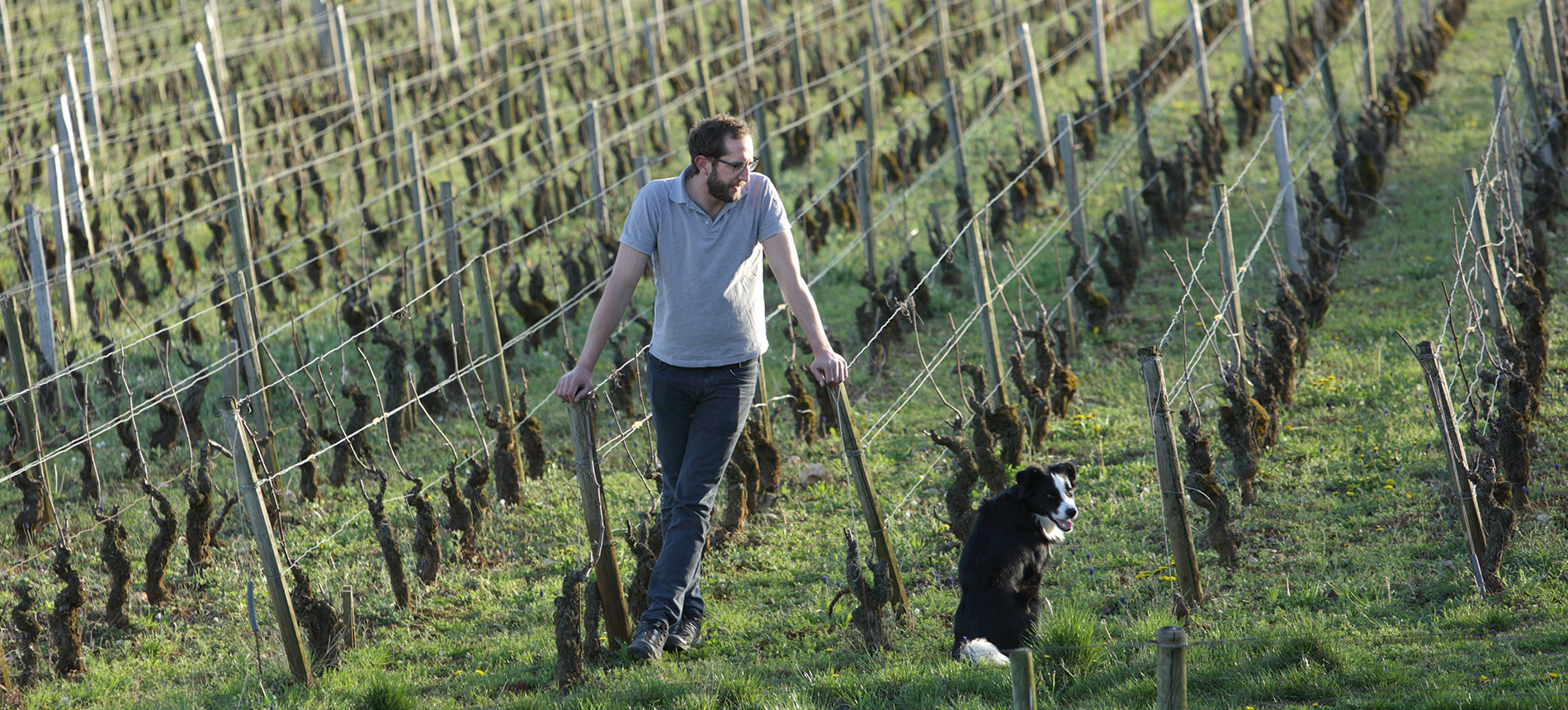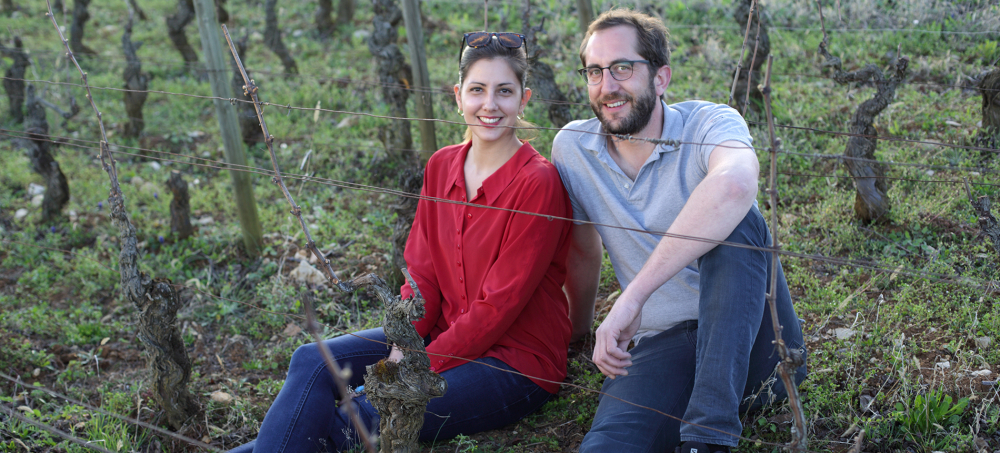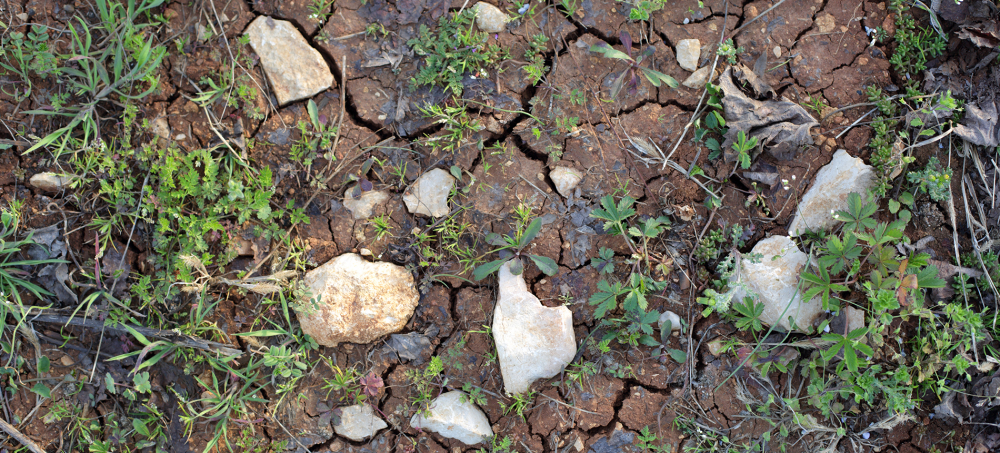Finding Burgundies that over deliver for their price has now become a feat that is next to impossible. But if you avoid the pitfalls of many Burgundy drinkers who seek fancy labels and ignore the wine from within – there are still many treasures to be found, especially if you venture a bit off the beaten path. As any astute Burgundy lover knows, the single most important factor is of course, the vigneron. More than vintage or vineyard, a great grower will deliver a wine of quality and pedigree year in and year out, and from the lowest level to the highest in the hierarchy.
Such is the case with Antoine Lienhardt, a rising star and humble overachiever in the appellation of Côte de Nuits Villages. As a child, Antoine begged his grandmother to give him a section of her garden so he could tend to his own plants and vegetables. He was a dedicated green-thumb and loved every stage of the process from seed to harvest. He eagerly awaited the day when he would inherit the Comblanchien vines planted by his grandfather in the 1960s.
In the 2011 vintage, Antoine took over the 4.2 hectares of family vineyards that had been in long-term lease since his grandfather's retirement in 1992. Antoine had previously cut his teeth working for four years at Domaine Amiot-Servelle in Chambolle-Musigny, with shorter stints in Chablis and in South Africa. Gifted with family vines, but not haunted by the pressures of history and heritage, Antoine set out to be the first in his family to make wine. Today, he works alongside his dyanimc sister Héloise who handles all administrative aspects of the domaine.
“I make my wines as if I were making a Grand Cru”, said Antoine the first time we met him. Like any accomplished Burgundian, he understands that the key to great wines begins in the vineyards. He believes that Comblanchien terroirs are hugely undervalued and that if they were to ever re-classify the hierarchy of Burgundy, there would most certainly be Premier Cru (if not Grand Cru) vineyards in the village’s choicest sectors. Like other top Cru vineyards in the Côte de Nuits, his original two lieu-dits in Comblanchien – "Les Essards" and "Les Plantes Aux Bois" – have 30-40 cm of topsoil before passing directly into the Mother Rock of limestone. His third parcel, "Aux Vignottes", produced since the 2015 vintage is located directly across from Mugnier's Nuits St Georges Clos de la Marechale, has deeper clay and is less stony that its Côte de Nuits Villages brethren. The vines in these sites are now well established at 50-60 years of age. In the vineyards, pruning is severe, with a goal of about 40 hl/h, though in his first two vintages yields were closer to 27 hl/h. Antoine began organic conversion in the 2016 vintage and is now farming biodynamically with close attention paid to the health and growth of the soils. He endeavors to minimally disturb the soils, and when ploughing takes place, it is with a horse to minimize compactionb.
At harvest, the Grand Cru-level care is evident. The grapes are, of course, harvested by hand and sorted in the vineyard. Great attention is paid to harvest fruit that is physiologically ripe but also maintains an energy and vibrancy that carries into the final wine. Once the grapes arrive at the cellar, Antoine feels that most of the potential has been established. So, during the fermentation, macerations are gentle and without exaggerated extraction, lasting for about 15 days. All wines see 100% whole cluster and are vinified without sulfur. Over the past five vintages, Antoine has come to believe that with clean fruit and attention to detail, he can forgo the use of sulfur in vinification, which he believes achieves the purest expression of his terroirs. Barrel ageing lasts for 8-12 months at which point the wines are bottled to capture the purity and exuberance of the fruit. The use of new oak has decreased dramatically since Antoine's first vintage, and today no wine sees more than 10% new oak.
The endlessly delicious Aligoté and Bourgogne Blanc are electric, mineral driven and almost tonic in nature. The three Côte de Nuits Villages drink well beyond their humble appellations. "Les Plantes aux Bois" tends to be a bit more red fruited and floral, while "Les Essards" is a bit darker with mineral undertones. "Aux Vignottes," by contrast, has a bit more fruit, but is also endowed with a structure and minerality that is somewhat reminiscent of it's more noble northerly neighbor. In the 2017 vintage we saw the addition of "Emphase", a harmonious blend of six parcels surrounding the village of Comblanchien, as well as the amphora aged "Gamay du Pierrot", a fruity and fresh Gamay from the village of northern village of Fixin.
Lienhardt wines have a drive and energy that command your attention immediately. Antoine recommends decanting if you drink them young. Though, he also feels they will have a positive evolution for 20 years, and perhaps more. Either way, there is deliciousness in spades!
